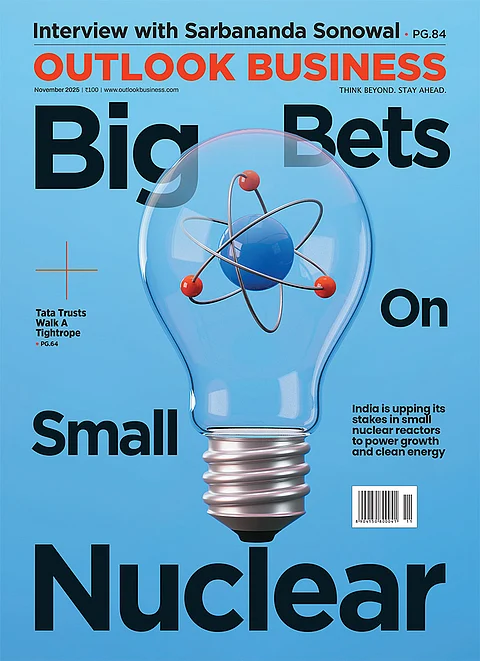
India has signed its first-ever LPG import deal with the US, with state-owned OMCs sourcing 10% of their LPG needs from US suppliers starting 2026.
The move marks a strategic shift away from West Asian dependence amid rising geopolitical volatility and OPEC+ production cuts.
With two-thirds of India’s LPG needs met through imports, the deal aims to stabilise supply, support subsidies for Ujjwala beneficiaries.
On Monday, Union Minister for Petroleum and Natural Gas Hardeep Singh Puri announced that India has tied hands with the US for a landmark deal on the import of liquefied petroleum gas (LPG). “A historic first! One of the largest and the world’s fastest-growing LPG markets opens up to the United States,” Puri wrote on his social media handle, X.
Who Entered Into the Deal?
Puri stated that state-owned oil companies including Indian Oil Corporation Ltd, Bharat Petroleum Corporation Ltd, and Hindustan Petroleum Corporation Ltd have joined hands with Chevron, Phillips 66, and Total Energies Trading in the US for LPG imports in 2026. However, commercial details of the deals are not yet available.
Where Did India Import From Before Pivoting to the US?
Traditionally, India has largely imported its LPG requirements from West Asia, especially from Saudi Arabia, the United Arab Emirates, Qatar, and Kuwait. The new India–US LPG deal signals less dependence on West Asia and diversification of import suppliers. In 2026, India will source 10%, or 2.2 million tonnes, of its LPG imports — amounting to nearly $1.25 billion — from the US through the deal.
In February, US President Donald Trump said that Prime Minister Narendra Modi had agreed to take measures to make Washington a “leading supplier of oil and gas to India” in order to negate the trade deficit. Moreover, according to reports, geopolitical tensions and volatility in the West Asian region have triggered concerns about supply-side disruptions, along with the recent oil production cuts by the Organisation of the Petroleum Exporting Countries and its allies (OPEC+).
How Much LPG Does India Import?
New Delhi’s import reliance took a leap to 67% in 2024, compared to 47% in 2015, due to stagnant domestic production and redirection of output to higher-margin petrochemicals, the Times of India reported. India is the world’s third-largest consumer of crude oil and imports nearly 88% of its oil requirements. In terms of LPG consumption, India is the second-largest consumer, with consumption projected to reach nearly 32 million tonnes by 2025. Nearly 60% of LPG requirements are met through imports. In recent years, the US has emerged as the fifth-largest supplier of crude oil to India, amid rising pressure from Trump to restrict New Delhi’s oil imports from Moscow, its largest supplier, owing to geopolitical tensions.
Why Is the Deal and LPG Significant to Us?
LPG is primarily used as a cooking fuel in India, and a significant portion of it is subsidised by the government for Indian households. Flagship schemes such as the Pradhan Mantri Ujjwala Yojana have particularly benefited women and low-income families. The 10.3 crore beneficiaries of the scheme get cylinders at a subsidised amount of ₹500–₹550 per unit, despite market prices rising above ₹1,100 for LPG cylinders. According to a report, the Government of India absorbed ₹40,000 crore during the year to protect Indian households and consumers from international price shocks.
Thus, for a country where two-thirds of LPG is imported and subsidies support over 10 crore households, diversifying suppliers through the US deal is a strategic and welfare-driven move.
Advancing the India–US BTA
The LPG deal forms a part of the ongoing India–US Bilateral Trade Agreement (BTA), which has entered its final phase. Union Minister of Commerce and Industry Piyush Goyal stated last week that the India–US BTA is about “fair and equitable ties.”
The LPG deal also fits into India’s broader energy-security strategy of reducing overdependence on any single region. New Delhi has increasingly adopted a multi-source approach for crude, LNG, and LPG to avoid supply disruptions triggered by conflicts or shipping bottlenecks.


























